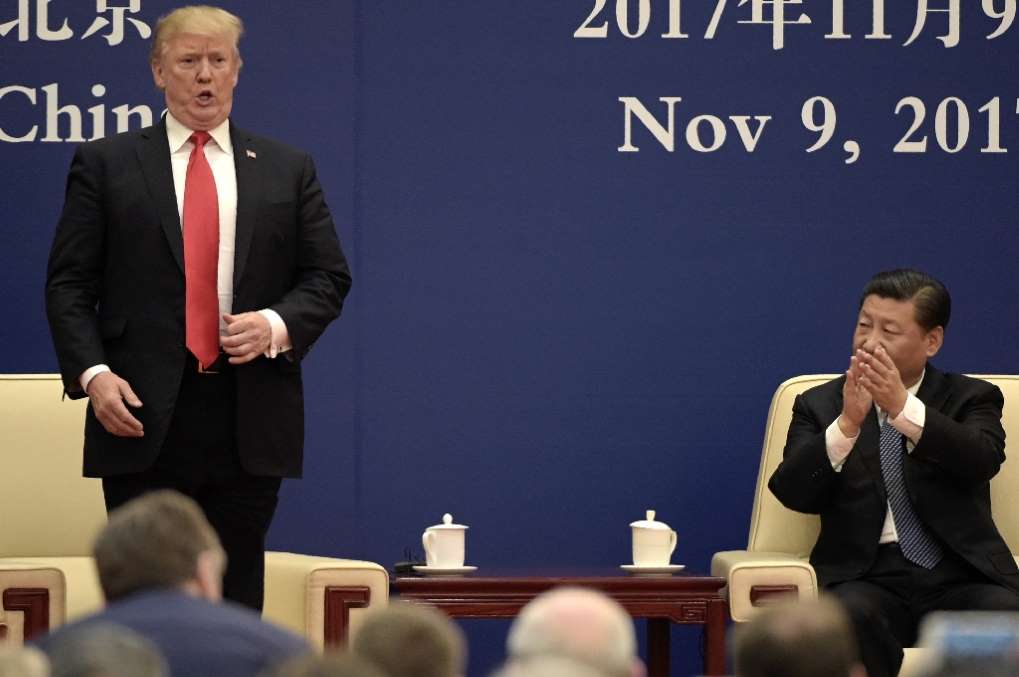January 14, 2017
Mahendra Singh Dhoni’s phenomenal graph as a leader over the last decade is the best example of bucking the trend and beating the odds.

January 14, 2017
Mahendra Singh Dhoni’s phenomenal graph as a leader over the last decade is the best example of bucking the trend and beating the odds.

Starting his journey from the cricketing boondocks of Jharkhand, Dhoni finished as the most successful captain in Indian cricket, leading the side to a record 27 wins in Tests, and the titles at the World Twenty20 in 2007, the 2011 World Cup and 2013 Champions Trophy, before surprising everyone with his decision to step down as the limited-overs captain recently.
Reflecting on his decision to relinquish captaincy just before the three-match One-Day International series against England, and more importantly, with the 2017 Champions Trophy less than six months away, Dhoni revealed that it was his apprehension about split captaincy that prompted him to step down.
Dhoni retired from Tests in December 2014, and Virat Kohli has since led India to series wins over Sri Lanka, South Africa, West Indies, New Zealand and England. Dhoni, who continued to lead India in the shorter formats, didn’t quite enjoy similar success as India made semifinal exits at both the 2015 World Cup and 2016 World T20.
Dhoni explained on Friday (January 13) that he had delayed his decision to pass on the limited-overs reins only to give Kohli some time to settle in as the Test captain.
“Right from the start, when I left Test captaincy, I knew split captaincy doesn’t work in India, in our setup,” said Dhoni in his first interaction with the media as a non-captain in almost a decade. “I was waiting for the right time. I wanted Virat to ease into the Test format. With so many games, I feel he is right there.
“Especially with Virat (at the helm), to win the Champions Trophy in England, I felt it was the right time to move on. If I would’ve stayed till the Champions Trophy, nothing much would have changed.”
Looking back at his Test retirement midway during India’s tour of Australia in 2014-15 that also stunned the cricket community, Dhoni said he never believed in playing matches without contributing much to the team’s cause, and his decision only allowed Wriddhiman Saha, the backup wicketkeeper, get unexpected exposure in overseas conditions.

“A lot of people were like why did I quit mid-series in Australia, but you have to look at the bigger picture, what is more beneficial,” pointed out Dhoni. “One more game into my numbers doesn’t make a lot of difference. But, since Saha was there, he gets a chance to play one more game in Australia. And if everything goes well, he will be the person to be going on foreign tours, so he has that exposure. And, also Virat has the same kind of exposure.”
Leadership in Tests and ODIs was thrust on Dhoni during trying times for the team.
Reflecting on his decade-long journey as a captain, Dhoni said he had no regrets at all, and had thoroughly enjoyed his stint in charge.
Cricketers enjoy a special status in "cricket crazy" India. However, a number of famous Indian cricketers have triggered controversies on and off the field. Let's take a look at instances when cricketers made news for the wrong reasons.
“When I started there were a lot of senior players in the side and as we progressed there was a time when the senior players had to leave and we had to make sure the transition is smoother,” he recalled. “Also, what happens at that point of time is you try to groom the youngsters so that they start to perform very quickly. The only good thing is, if you see over the period, once the seniors left us and the juniors came into the side, from that point till now it is the same juniors who have started to do well.
“We invested in them and over the period they started proving they are the ones who will take the legacy forward when it comes to Indian cricket, so that was a very satisfying thing to see. Overall, it was a journey I really enjoyed, and it is something that brings a smile on your face whether it is the tough periods or the winning periods, but overall it is the journey that is more important.”
When asked about his role now that he was no longer captain, Dhoni said a wicketkeeper was the team’s vice-captain by default, and he would continue to assist Kohli whenever required. Kohli, on his part, has already said that he would still be running to Dhoni on the field for advice.
“I think the wicketkeeper is always a vice-captain of the side irrespective of whether he is announced vice-captain or not,” said Dhoni. “One thing is the field setting is usually given to the vice-captain or the wicketkeeper. In this scenario, I will have to keep a close eye as to what the skipper really wants, as to what are his preferential field positions. When I was the captain, and the wicketkeeper, I always knew what I wanted, where I could keep the fielder.

“I will be there to give as many suggestions as possible to Virat as and when required. The field positioning is something I have to keep a close eye on. I will have to consult Virat and tell him because if a fielder is strategically positioned in a particular place, it can become a bit of a problem if I start moving them around, but it’s not something that’s a big trouble to cope with. It’s just that I will have to keep a close eye, especially in the first few games, maybe a couple of games I can read the field positioning and everything and use it properly.”
Elaborating on his captaincy method, Dhoni said he enjoyed getting the best out of his players without burdening them with too much expectation.
Having dealt with different kinds of players during his tenure, Dhoni said it was important to identify if kind words or harsh ones would work for a particular individual, and even harped on giving the match-winners a long rope, if required.
“The main job of the captain is to make sure that whatever is the potential of the player, he is performing to a 100%,” said Dhoni. “Usually if you can achieve something between 90 to 110%, you know you’ve done really well. You can’t really get 150% performance from a player who is 80%. That’s where you have to be very practical, very honest. You should know ways as to how to handle each and every individual. There are different ways to handle everyone. For some it is a kind word, for some it is a harsh word, for some it may be just expression with your eyes. So you have to figure out what really works the best, at times it maybe the false confidence you give the guy because that is what is really needed at that point of time.
“You have to be clever enough to evaluate as to this is what is needed at that point of time. You may face a few problems at times, say you have two or three batsmen who are not performing at the same time, that maybe a hindrance. But more often than not, you look at the bigger picture of, say, if you’re backing someone, once it comes to the ICC events and the big tournaments and the knockout stages, who is that person who can really win those big games for you? But at the end of the day, you can give only a few games to an individual. Maybe two or three or four more games that is provided by the team if they are doing really well. Overall you can’t do much but you still need to have that faith and you want to make sure that everybody is performing to the kind of potential.”
Courtesy: Wisden India
















































































































